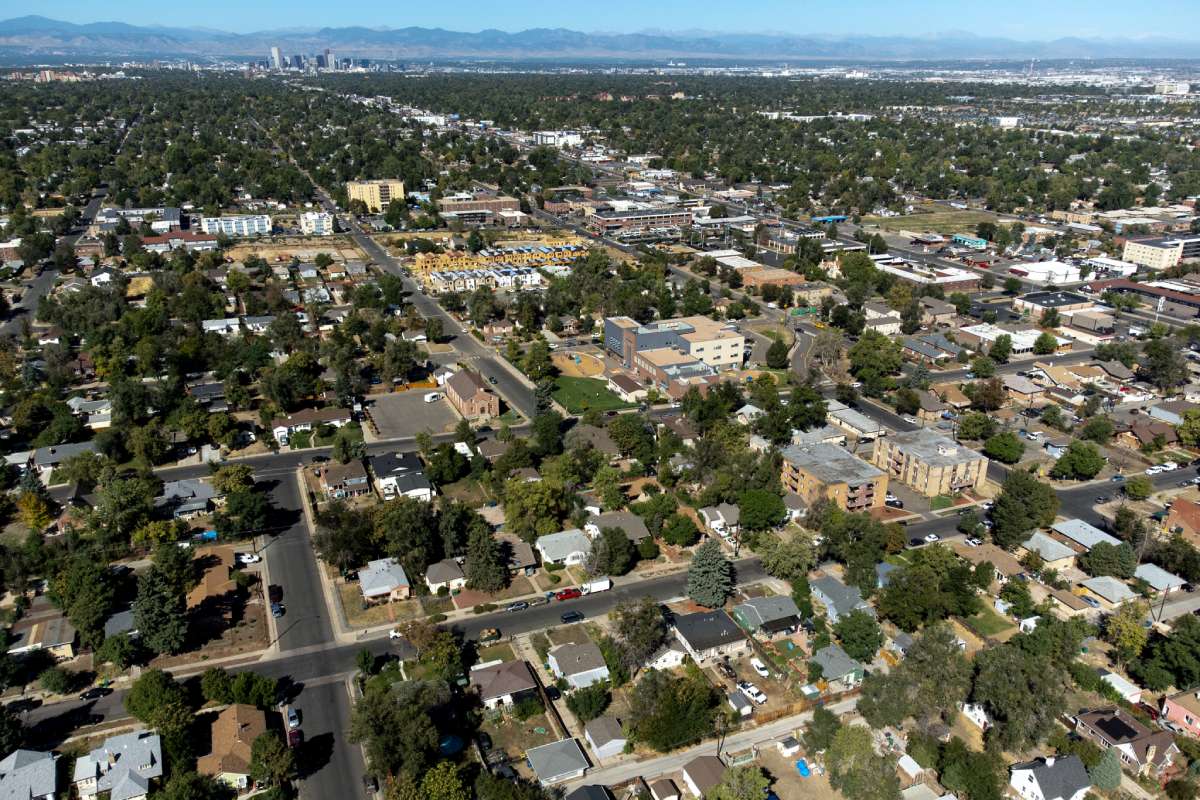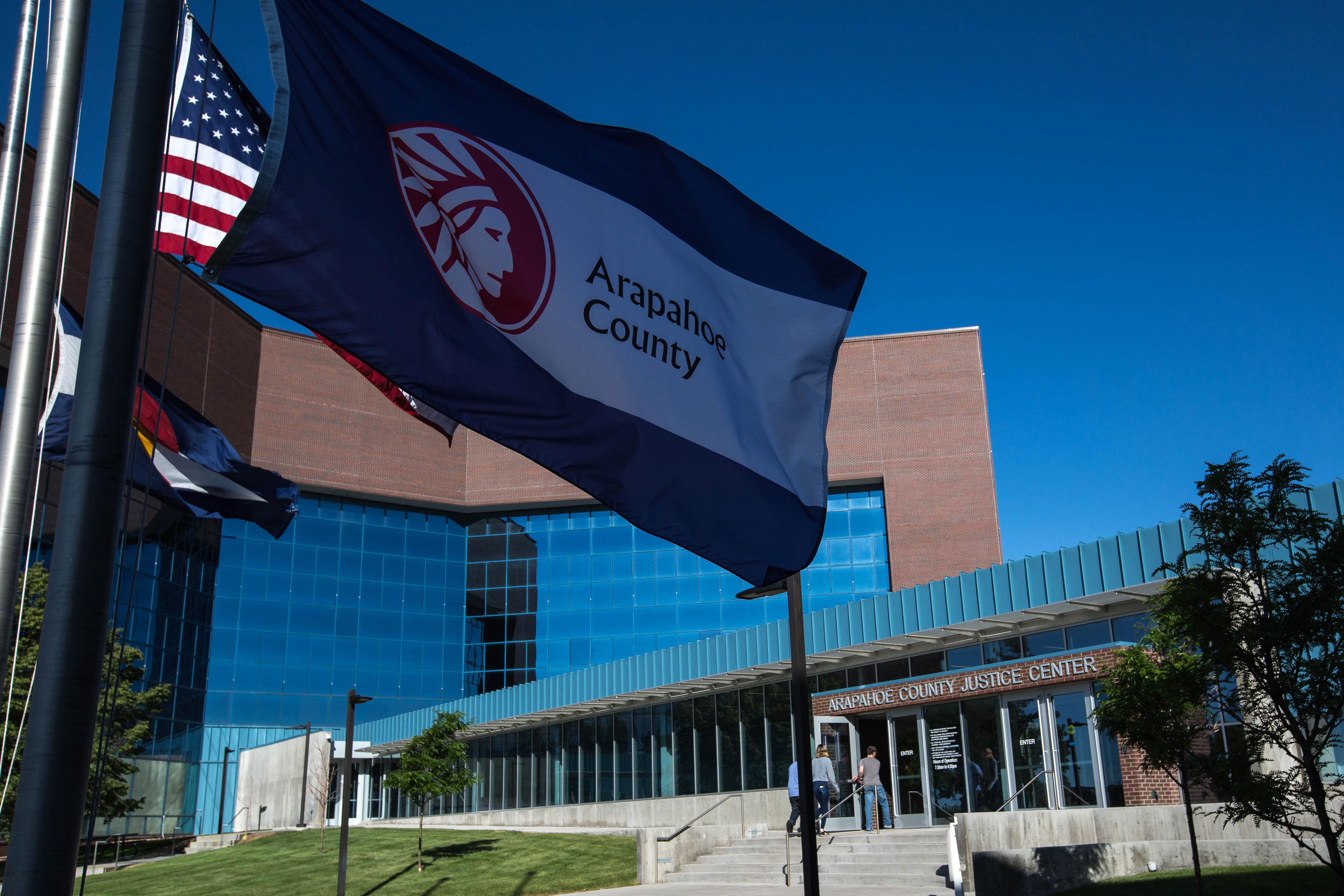One hundred years ago, bereaved mothers in Bladensburg, Md., decided to build a World War I memorial to honor their fallen sons. When they ran out of money, the county took over the cross-shape memorial and its maintenance.
As far as is known, nobody lodged any objection to that arrangement until the American Humanist Association went to court seeking the removal of the memorial to private land and an end to taxpayer funding for its maintenance.
The humanist association won in the lower courts, but now the case is before the Supreme Court. On Wednesday, the court hears arguments in the case, and over the past half-century, the high court has wrestled with the question of where to draw the line separating church and state.
This case offers the opportunity for a newly constituted conservative court majority to draw a new, more religion-friendly line.
The American Legion and the Trump administration are urging the court to declare government support for religious symbols or religious programs constitutional unless a religious minority has been coerced to believe something that violates its principles. That would significantly broaden the standard used until now. But the Legion and the Trump administration contend that unless a government action tangibly harms a religious minority, it is constitutional.
Today, the cross sits at a busy five-way intersection, and the message it conveys all depends on whom you ask. Michael Carvin, a lawyer for the American Legion, says it "evokes the cemeteries in Europe that became a universally acknowledged symbol of World War I dead because of European graveyards."
Others, like Monica Miller, an attorney for the American Humanist Association, see its meaning as plain and obvious as the cross is large.
"It's a giant 40-foot Latin cross," she said. "There's no other meaning to the Latin cross other than Christianity."
Still, the odds are the court will allow the cross to stand. The question is, in its decision expected by summer, what the court's opinion will say about how to judge the standard for religious symbols and programs in the future.
9(MDEyMDcxNjYwMDEzNzc2MTQzNDNiY2I3ZA004))








